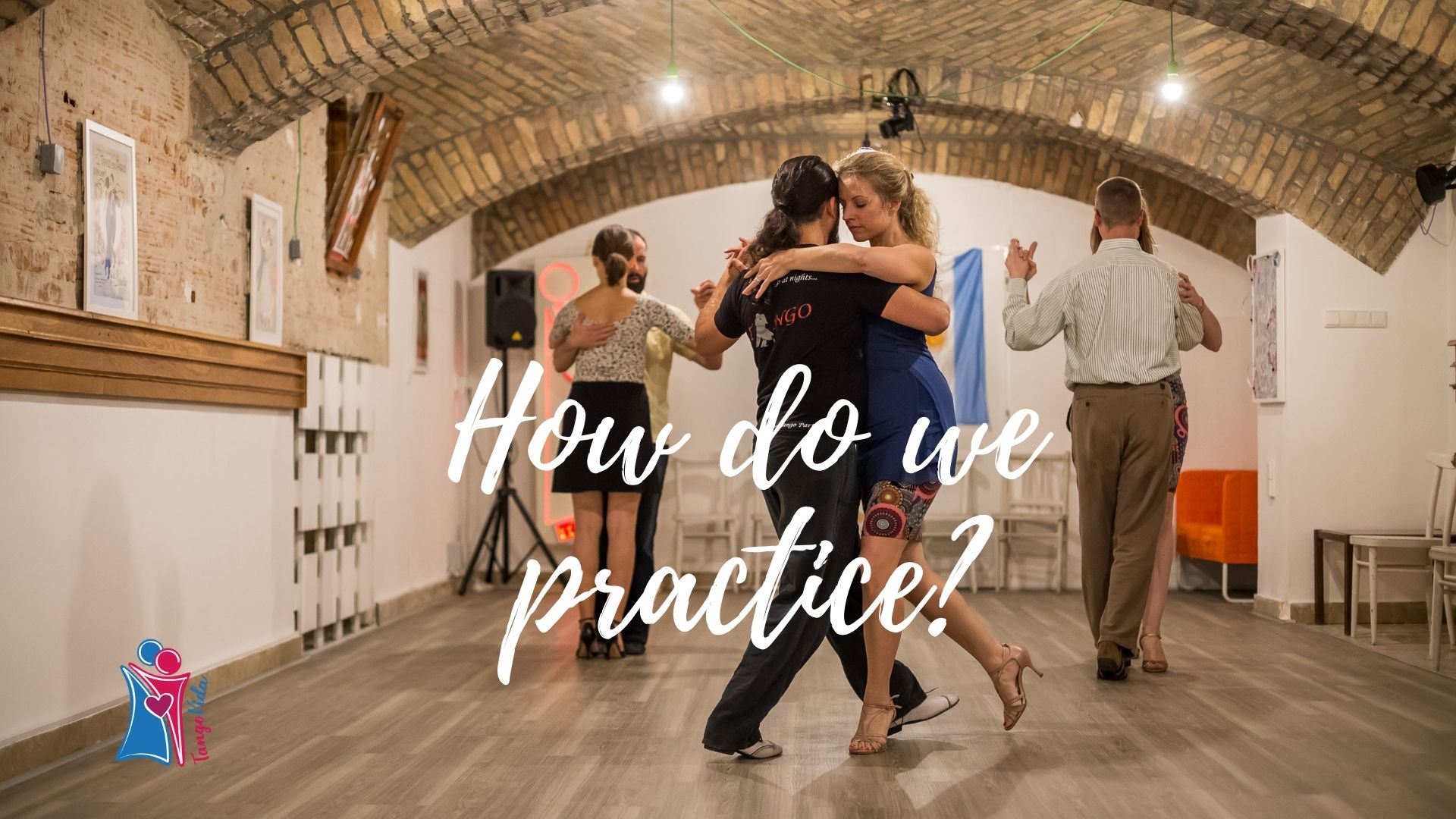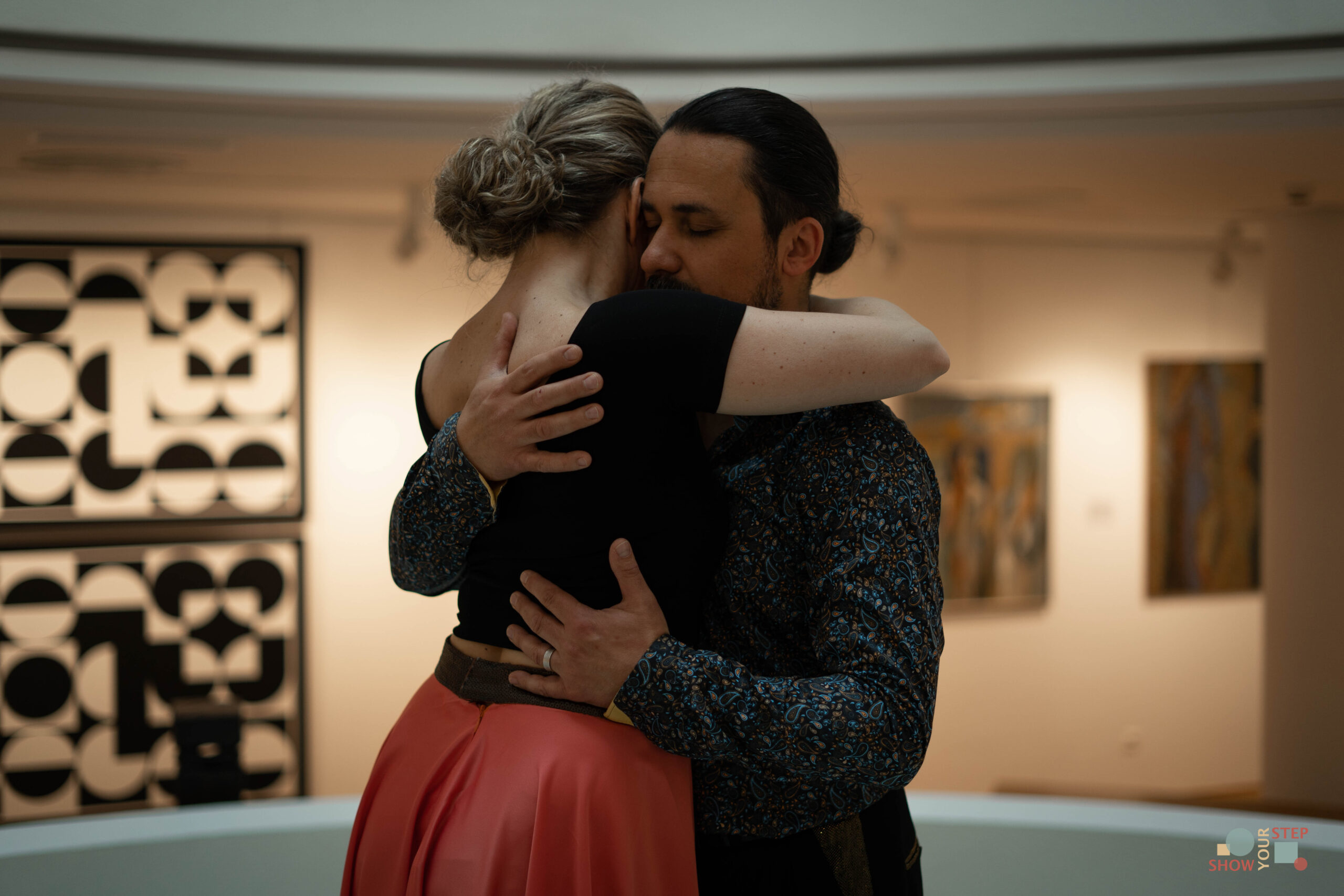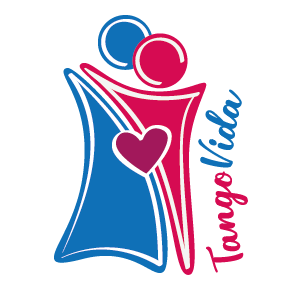UPCOMING INT TANGO EVENTS
- Tango Marathon Entre Arcos, 29.9 – 2.10
- Vamos Tango Marathon, 19-23.10
- Balkan Tango Weekend, 24-27.11
- Vienna Calling Marathon, 25-27.11
* The events listed above are only a small selection of many available international events.
BlogVida
How do we practice?

Tango is a personal freedom of every dancer where to express emotions, feelings and music with their bodies. To be able to fully enjoy this freedom, dancers have to acquire a good level of technique. Therefore we need to practice regularly and a lot 🙂 . Practicing and improving your technique in dance is not about becoming a professional dancer, performer or a teacher, it is about being free in your social dance! Practicing is as much important as attending lessons or dancing in milongas. If you lack one of these 3 basic pillars, your tango will always be missing something…
How often / how much should I practice?
It is very individual and there is no recipe or formula that works equally for everyone. Every person has a different (dance/sports) background, speed of acquiring new information, applying new information to the own body, attitude towards learning/tango, etc.
We suggest you to practice once before the following lesson. In the lesson you get some new information, have limited time to try and master it. If you don’t practice this information before the next lesson, where you get more new information, this new information will only accumulate and without being practiced, your body and mind will filter and forget it quickly. In the practica, you dedicate some valuable personal time to your body and mind to absorb, understand and master the information and body will automatize and digest it. In the next lesson it will be much easier for you to add further information on this base.
Don’t forget! Understanding the information does not equal to being able to apply it to your body!
Where to practice?
Anywhere :)! Use the practica of any tango school. For the practica in TangoVida, see our webpage or the calendar above. You can as well practice many things at home, e.g. in front of the mirror or fridge 😉 You can practice even in a space of 2 m2, in the tram or bus stop, in the office, during the breaks in your office time.
With whom should I practice?
First of all with yourself!
Many times, tango dancers tell us that “there is no one in the practica with whom I can practice”. This is just an excuse not to practice :)! Be honest with yourself. First of all, it is VERY important to practice alone. It is quite difficult to master a new move / a series of new moves with someone in front of you without being able to do it alone.
With a partner, of course… It does not mean, you should always practice with the same person. It is advisable to change partners or to practice with different people. You might prefer to practice one thing with one partner, while you might work better on another one with a different partner. Everyone has a different approach to tango and a different level of personal tango.
Be careful, don’t get trapped: don’t always try to practice with a partner with whom it is easier to manage and more pleasant, because he / she is more experienced than you or at the same or better level. (That means don’t always try giros with e.g. Mrs. X, because she is good, or ochos with Mr. Y, because he is managing better…) Like this, you will never discover and fix your mistakes, because your partners will cover them. You will stay in your comfort zone. The scope of practice (and tango) is to step out of your comfort zone and face the reality ;).
Practice also with complete beginners! Both of you will benefit from it… A leader is a good leader ONLY if he can adjust his dance level to any partner – and the same goes for followers 🙂!
How to practice?
Decide in advance what you want to practice and with whom. Agree with a partner on your plan and adjust it to the needs of both of you. (e.g. you want to practice the walk, while your partner wants to practice the sequence from last lesson; save time for both of the desires during your common practica)
Our recommendation:
1) Start by warming up alone; during the first part of the practica work on your posture and technique.
2) Walk alone, dance alone to the music (with an imaginary partner).
3) Only then practice walk with your partner at least during a few songs, focusing on walk technique, posture and embrace. Change the intension, speed and density/quality of the walk. Give each other constructive feedback. (Learn to accept feedbacks 🙂 ) After that, add focus on the musicality into your walk.
4) Work on the topics you agreed, we recommend to try it in different speeds: slowly, faster, with slow music, with rhythmical music. Break the sequence down to small parts and focus on details of this parts. Then connect them and try within a dance. Try it with music.
5) Practice the topic of the last lesson you attended.
*) Add a free dance between the different topics or whenever needed to relax / calm down 🙂. (we usually use a free dance in case a conflict situation in the couple; it is better than insisting on the conflict… if necessary, change the topic)
*) Finish the practica with a free dance (enjoy the embrace and music to go home with a good feeling)
*) Try to give constructive feedback during the practica; ask your partner how he / she feels (e.g. “I think I can do a better giro, if I can have a little bit more space in our embrace”; “maybe I am pushing your arm and causing it to be stiff, let’s try to change it together”)
*) While practicing, try to think in a way:
“What should I change about myself to let it happen, to let it work better”
instead of:
“You are doing this and this wrong, change it!” 🙂
*) There can be a practica, where you may only want to focus on emotions and connection. This is also good. Combine both ways of practicing…
Guided practica?
Very common question we hear is “I don’t know what I am doing wrong.” You may not always have an instructor to give you a feedback during your practica. If there is one, it’s good to get a feedback about your practicing. If not, your first guide should be yourself. You should try to observe your feelings about the move yourself. If, e.g., the sequence of the last lesson doesn’t work, there might be something wrong – listen to your body! Your partner is another source of feedback, try to analyze together. Use the mirror to watch yourself, or take a short video and analyze it. You may ask a friend in the practica to watch you and give you a feedback.
We dance to feel good and happy. If you make your partner smile or laugh during a tanda, consider it a good dance! Practice to be happier and have fun…
Tango and Health – Why Tango?

Tango helps coordination of the mind and body. It is a good cardiovascular exercise and increases mobility, balance, stride length and core strength.
“It is the ideal exercise for social, mental and physical well-being across the ages.”1
“Tango can be as calm and relaxing or as intense as you decide. As you are the creator of your dance, you choose how intensively you wish to engage your body. It’s not easy, though. Not only do you have to master your own body, you have to be aware of your partner’s body, too, and know how to communicate without words.”1
1 Lifestyle: https://www.thenational.ae/lifestyle/wellbeing/best-foot-forward-how-tango-dancing-can-aid-your-well-being-1.118024
Dance targets 6 main areas considered to be important for high quality of life and successful aging:
1. Physical exercise
2. Social satisfaction
3. Spirituality and mindfulness
4. Cognition
5. Meaningfulness
6. Emotional and educational health2
2TODO Tango: https://www.todotango.com/english/history/chronicle/450/The-benefits-of-Argentine-tango-dancing/
Dancing tango provides an avenue for learning new skills. It has been said that the essence of intelligence is making decisions and tango dancing requires split-second, rapid-fire decision-making. This results in several brain functions being activated at the one time, thus increasing neural connectivity. 3
3Tango For Heath: https://www.tangomelbournetangueria.com/tango-health-thetangueriamelbourne
